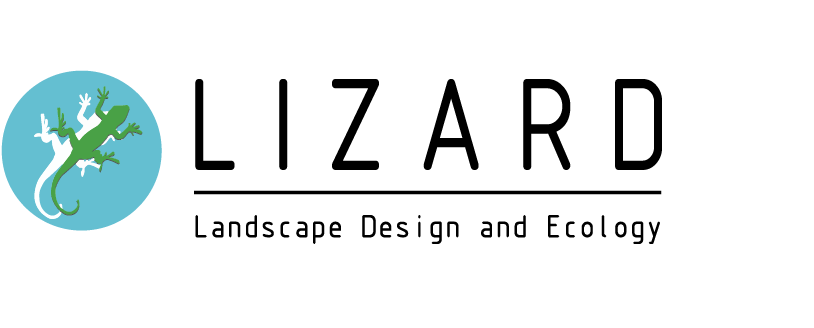Measuring Biodiversity Net Gain: Key Metrics and Tools
Assessing the environmental impact of development projects is a top priority. The concept of Biodiversity Net Gain has gained significant traction in recent years as a way to ensure that development projects contribute positively to the natural world. In this blog post, we will explore some of the key tools and metrics used to determine the success of a biodiversity-boosting project.
Understanding Biodiversity Net Gain
Before delving into specifics, let's first understand what Biodiversity Net Gain (BNG) means. BNG is a simple yet powerful concept: it requires that any development project results in a net increase in biodiversity compared to the pre-development state. This means that if we remove or alter natural habitats for a project, we must compensate for it by creating or enhancing habitats elsewhere. BNG is essential for maintaining and enhancing ecological services that benefit both nature and people.
Metrics for Success
Measuring the success of Biodiversity Net Gain requires the use of specific metrics. Here are some of the main ones to consider:
Biodiversity Units
Biodiversity units quantify the biodiversity value of a site. These units can be calculated based on species richness, habitat quality, or a combination of factors. Tracking changes in biodiversity units over time provides a clear picture of whether a project is achieving its BNG goals.
Habitat Area
The area of natural habitats created or enhanced is a critical metric. It ensures that the quantity of habitat compensates for any losses due to development. Ecologists can use Geographic Information Systems (GIS) and remote sensing tools to accurately measure habitat area - more on these invaluable tools later.
Ecological Connectivity
The connectivity of habitats is essential for wildlife movement and gene flow. Metrics that assess the connectivity of newly created habitats with existing ones help ensure that ecosystems remain functional and resilient.
Species Monitoring
Regular monitoring of key species is crucial. It allows us to track population trends and adapt conservation efforts accordingly. Species presence and abundance data provide valuable insights into the success of BNG initiatives.
Tools for Assessment
Several tools and technologies are available to aid ecologists and landscape planners in their efforts to measure Biodiversity Net Gain:
Geographic Information Systems (GIS)
GIS technology enables the mapping and analysis of habitats, helping ecologists visualise changes in habitat extent and connectivity over time.
Remote Sensing
Satellite and drone imagery provide high-resolution data for habitat mapping and monitoring, making it easier to assess changes in habitat cover.
Biodiversity Assessment Software
Specialised software allows ecologists to calculate biodiversity units, assess habitat quality, and model ecological connectivity, streamlining the BNG assessment process.
The Role of Ecologists
Ecologists’ expertise in understanding ecosystems, wildlife behaviour and plant communities is invaluable. They can conduct comprehensive environmental impact surveys to assess the current state of biodiversity and identify areas where improvements are needed. Ecologists are also essential for setting biodiversity baselines and monitoring progress throughout a project's lifecycle.
At Lizard Landscape Design and Ecology, we are well-placed to determine whether your project will achieve Biodiversity Net Gain. With a number of tools at our disposal, we can carry out habitat assessments, calculate a baseline biodiversity score, assess this against your proposed development and, if your project is unlikely to achieve at least 10% BNG, make recommendations designed to help you achieve this.
Let's work together to create a sustainable and biodiverse future for our planet - get in touch today to learn more.

